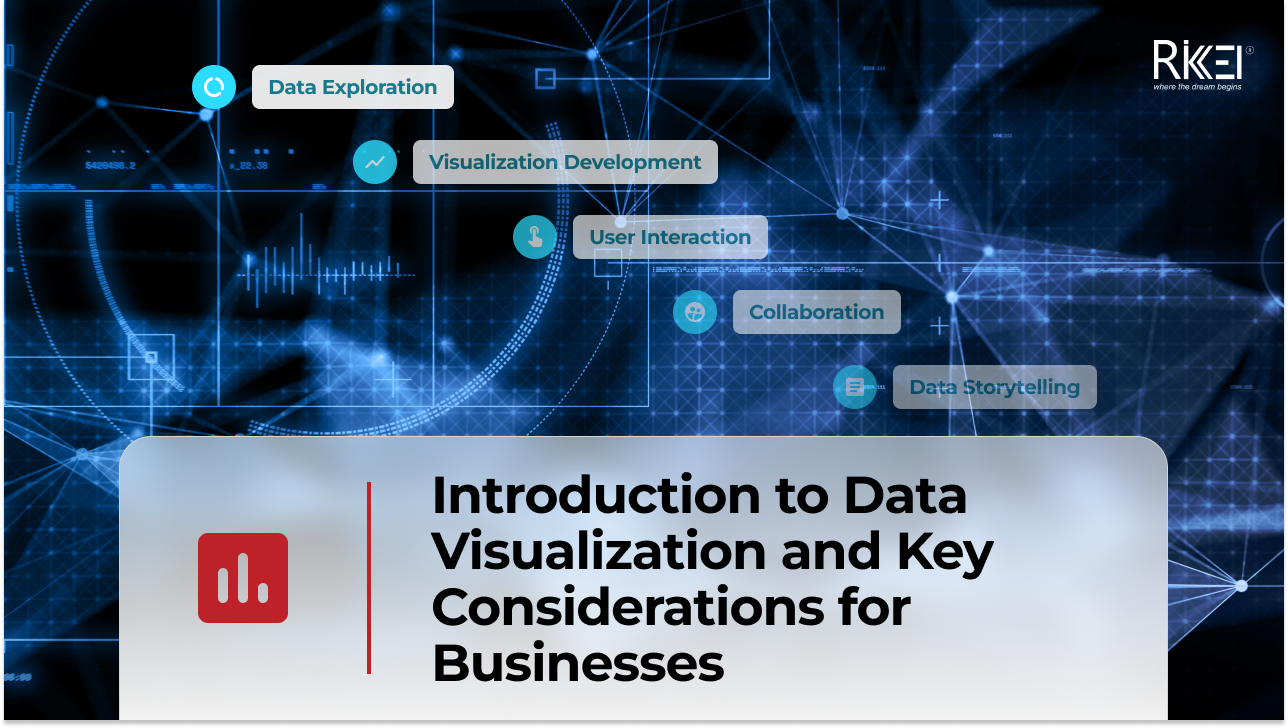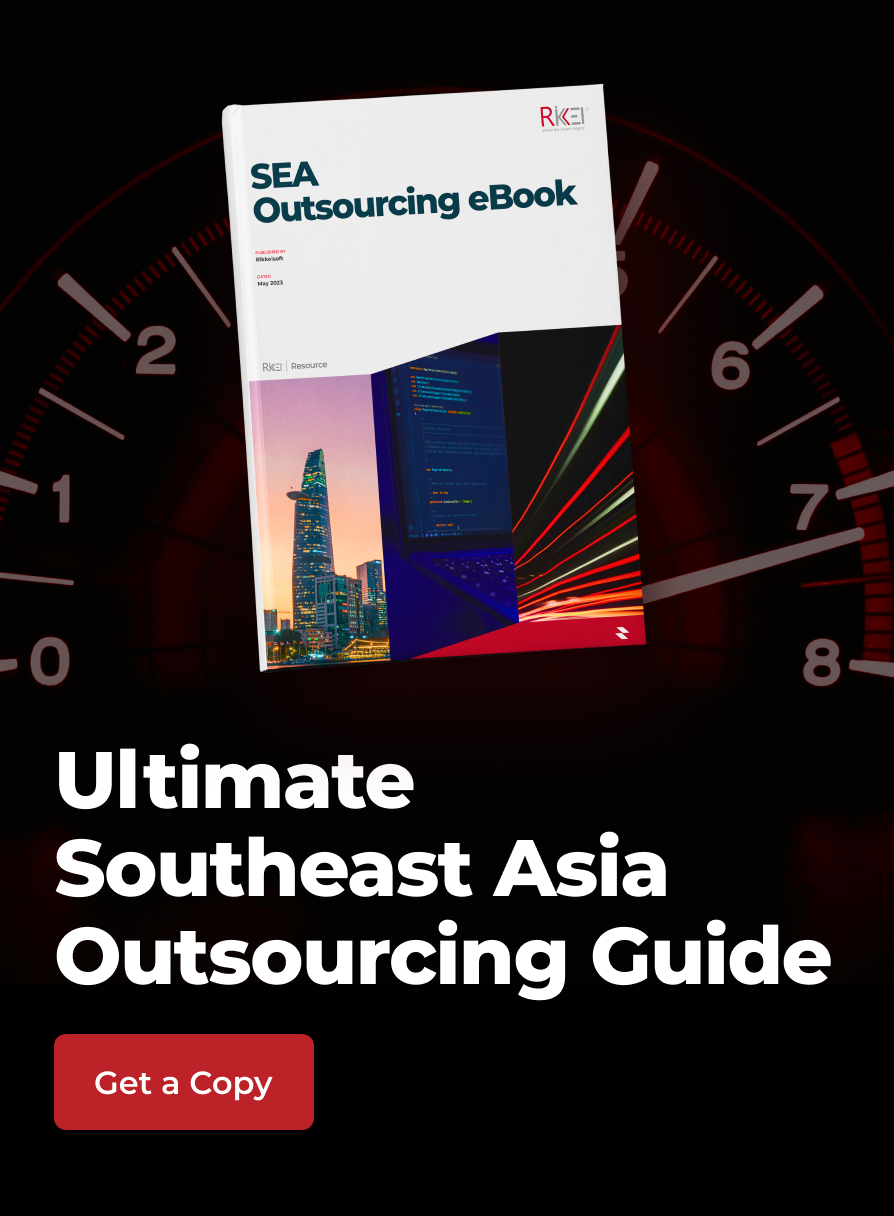Software Development Agreement Checklist
Contents
As the demand for custom software continues to grow, businesses and individuals across industries increasingly rely on software development partnerships to forge successful customer digital experiences. In such scenarios, it is vitally important to establish and secure a comprehensive agreement that indicates the expectations, deliverables, and responsibilities of both parties involved in the software development process to avoid any misunderstandings or legal disputes that may arise. Implementing a software development agreement checklist is crucial in ensuring the mutual satisfaction and protection of both the developer and the client at every project stage. This blog post will explore the critical components of a practical software development agreement checklist.
What is Software Development Agreement?
An agreement for software development is a formal, legally binding contract between a software developer or development company and a client that clearly outlines the terms and conditions for developing a specific software product or application. This agreement typically covers aspects such as project scope, deliverables, timeline, payment terms, intellectual property rights, confidentiality, warranties, liability, and any other specific terms or conditions unique to the project. Such an agreement aims to ensure that both parties have a clear understanding of their responsibilities and obligations, minimizing the risk of future disputes or misunderstandings.
The history of software development agreements began in the 1960s and 1970s when software transitioned from an internal tool to a commercial product. Initially bundled with hardware, separate agreements became necessary as the industry evolved. In the 1980s, personal computing and off-the-shelf software made these agreements essential. Over time, they’ve adapted to technological advancements, programming paradigms, and changing industry standards, addressing topics like data security, privacy, project management, and service delivery. Today, software development agreements cover a wide range of issues, reflecting the industry’s dynamic nature.
Writing Software Development Agreement Checklist
1. Services and resources to be provided
An agreement for software development typically includes provisions for services such as design, programming, quality assurance, and occasionally workshops. The agreement may outline the expected deliverables, such as designs or software features, using clear, non-technical language or a prototype. Additionally, the contract may establish the project scope and procedures for making changes to technical specifications or scope descriptions, which may affect the project timeline and cost and require both parties’ agreement.
The document may also stipulate the personnel responsible for the coding, either by identifying specific individuals with the necessary skills or describing them in general terms (e.g., two back-end Python developers and one front-end React developer). The contract may ensure that the client retains the right to approve individuals assigned by the service provider to the project. Alternatively, the agreement might establish a personnel selection and approval process, granting the client the authority to approve proposed team members.
2. Deliverables and Acceptance Criteria
This section focuses on defining the project’s success criteria to prevent confusion and disputes by using clear and straightforward language for job acceptance. Before beginning the development of custom software, the software supplier and customer must collaborate to establish the acceptance criteria based on the application’s system specifications.
In fixed budget contracts, upon the project is completed and meets the predetermined requirements, the service provider may receive a Certificate of Acceptance confirming compliance with documentation requirements and mutual agreement on the project’s success. For Time and Material contracts, clients may receive a monthly report detailing the completed tasks and the corresponding team effort. The software performance should be assessed in both contract types to evaluate how well it conforms to the established specifications. This section addresses the performance testing process and the necessary feedback format required from the test.
3. Pricing and payment terms
This portion covers the payment conditions for the contract based on its nature. A fixed budget contract specifies a set amount to be paid in whole or installments, such as specific milestones, and the timeline for these payments, like upon project completion or as a 50% down payment. Conversely, a Time and Material contract details the vendor’s hourly rate and the regularity of prices, which might be weekly, monthly, or quarterly or tied to project progress. Additionally, the contract establishes how often the vendor will provide updates and may require the submission of workloads for the client’s review.
4. Intellectual Property Rights
This section contains the ownership of intellectual property rights in the created software, which is a crucial part of the contract. It emphasizes that the customer should have the maximum control of the final product, including exclusive rights to all copyrighted materials (such as the source code) produced by the vendor. The customer has the right to use Open Source software for its intended purpose, but some restrictions might not suit the customer.
To prevent the software development company from using, modifying, selling, or renting the developed software, the contract should clearly define the transfer of ownership to the customer. If the agreement is terminated before the project’s completion, the code created up to that point should be transferred to the customer.
When open-source tools are utilized during the software development process, it’s essential to examine the licensing terms, as some may require changes to the open-source software to be distributed under specific open-source licenses. The contract can specify permitted licenses, restrictions, while mandating that the vendor provides the customer with the Open Source components used for review. The responsibility falls on the customer to ensure the licenses align with the intended use of the Open Source components.
It is important to note that the authors of the open-source components hold the original title and provide licenses with varying terms and conditions. The customer only has a limited right to these tools and cannot claim exclusive ownership. However, the ownership of code developed by the service provider can be transferred to the customer or their company based on mutually agreed terms, such as exclusive, perpetual, and unlimited ownership rights
5. Confidentiality (Non-Disclosure Clause or Agreement)
This section protects your company and the software developer from sharing sensitive data and trade secrets with others. Both parties can determine what information is deemed confidential and establish the repercussions for disclosure. If the confidentiality section is extensive, it can be part of a standalone non-disclosure agreement (NDA) or attached as an appendix in the custom software development contract. The obligation to maintain confidentiality should persist even after the project is completed, whether in the contract clause or an NDA.
6. Non-compete Protection
Ensuring that your vendor cannot provide a similar solution to your rival is recommended. A non-compete clause restricts the service provider from offering a comparable software solution to your competitors within a specific time frame after finishing the project. This enables your company to maintain a competitive edge in your industry.
7. Damages Compensation
The warranty section addresses various product and project-related obligations the supplier and customer can agree to meet. These are often linked to the software’s functional performance.
A warranty might involve the supplier assuring the customer that the software will function as anticipated, according to the specifications, for a set period. If any problems arise, the supplier may be required to compensate the client. For example, the supplier must fix or replace any issues or glitches in the produced software.
Additional types of warranties that may involve compensation include assurances about software ownership and guarantees that the software will not violate any third party’s intellectual property rights.
8. Governing Law and Jurisdiction / Dispute Resolution
A software development contract’s crucial component is the governing law and dispute resolution section. It is vital to ensure that the agreement is governed by the laws of your country (or state) and that your local court has jurisdiction in the event of a disagreement. Furthermore, implementing dispute resolution methods can save both parties from incurring substantial costs linked to legal proceedings. In case of a dispute, the parties can try effective methods, such as arbitration or mediation, to reach a mutually satisfactory resolution.
9. Termination of Collaboration
The termination clause typically highlights the procedure and period required for terminating both the resources assigned to your project and the entire contract. It is recommended that termination notices be given in writing.
Here is a sample termination clause:
The CLIENT has the right to end the partnership by giving a 4-week notice. When reserving resources indefinitely, the CLIENT also has the right to terminate the reservation with a 4-week notice. This clause does not apply during a 2-week test project implementation phase.
The SERVICE PROVIDER can also terminate the partnership by giving a 4-week notice.
Terminating the partnership between both parties will not affect any rights acquired by the CLIENT or SERVICE PROVIDER before the termination becomes effective.
10. Changes to the Contract
The contract must emphasize the procedure for altering its terms and conditions. Any modifications to the agreement should be made in writing and documented by both parties. Written alterations should be presented according to the final subsequent clauses of the contract, which require clarity.
If a fixed-price payment method is used, adjustments in scope and the subsequent changes in cost and implementation timeline should be documented in an Appendix, provided that the original contract has agreed to such a process. Be sure to indicate the effective date of these changes, such as when a pricing calculation will reflect the updated rates, which may occur weeks or months after the Appendix is signed.
Conclusion
In conclusion, a Software Development Agreement Checklist is critical in ensuring a successful and efficient working relationship between a client and a software developer. By addressing key elements such as project scope, deliverables, milestones, payment terms, intellectual property rights, and warranty, this comprehensive checklist safeguards the interests of both parties while fostering a mutual understanding of expectations and responsibilities. Moreover, it minimizes potential misunderstandings and disputes during the project. In an ever-evolving digital landscape, having a well-crafted Software Development Agreement Checklist has become increasingly important to achieve desired project outcomes and maintain fruitful, long-term collaborations in the software development industry.
More From Blog

April 4, 2024
Big Data Performance: Maximize Your Business Value
In today’s data-driven world, organizations are constantly generating and collecting immense amounts of data to understand their customers more deeply. This data, often referred to as “big data,” holds immense potential for organizations to seek opportunities and overcome challenges. But accessing and analyzing big data isn’t enough to have proper strategies; organizations must pay attention to […]

April 4, 2024
How Real-Time Data Analysis Empowers Your Business
In today’s fast-paced business landscape, the ability to quickly make data-driven decisions has become a key differentiator for success. Real-time data analysis, the process of analyzing data as soon as it’s generated, has emerged as a powerful tool to empower business across industries. By leveraging real-time data analysis, organizations can gain timely and actionable insights, […]

April 4, 2024
Differences Between Data Science and Computer Science
Data Science and Computer Science are distinct fields overlapping in certain areas but have different focuses and objectives. The article below will help you clearly understand the differences and the close connection between the two fields. What is Data Science? Data Science is an interdisciplinary field that combines scientific methods, processes, algorithms, and systems to […]

March 28, 2024
Introduction to Data Visualization and Key Considerations for Businesses
In your opinion, what is data visualization? Your main goal is to communicate your recommendations engagingly and effectively, right? To achieve this, let’s immediately explore a method that can represent information with images. What is Data Visualization? Define data visualization and their roles in organizations First, you need to find the answer to the question: […]

March 21, 2024
How to Build an Effective Big Data Analytics Tool for Your Business
Building an analytics tool for a business brings several significant benefits, especially in today’s business environment where data is becoming larger and more complex. So how to build an effective analysis tool for businesses, follow the article below! Assessing Business Needs Assessing business needs involves understanding the requirements, goals, and challenges of a business or […]

March 14, 2024
What Is Oracle Business Intelligence? Their Role in Today’s Enterprises
Oracle Business Intelligence (BI) refers to a suite of tools, technologies, and applications designed to help organizations collect, analyze and present business data. The primary goal of Oracle BI is to provide actionable insights to support decision-making within an organization. Oracle BI encompasses a range of products that enable users to gather, process and visualize […]

